Discover the revolutionary world of blockchain technology. Moreover, explore its five pillars: decentralization, transparency, immutability, security, and consensus, and see how it’s transforming industries like finance and healthcare.
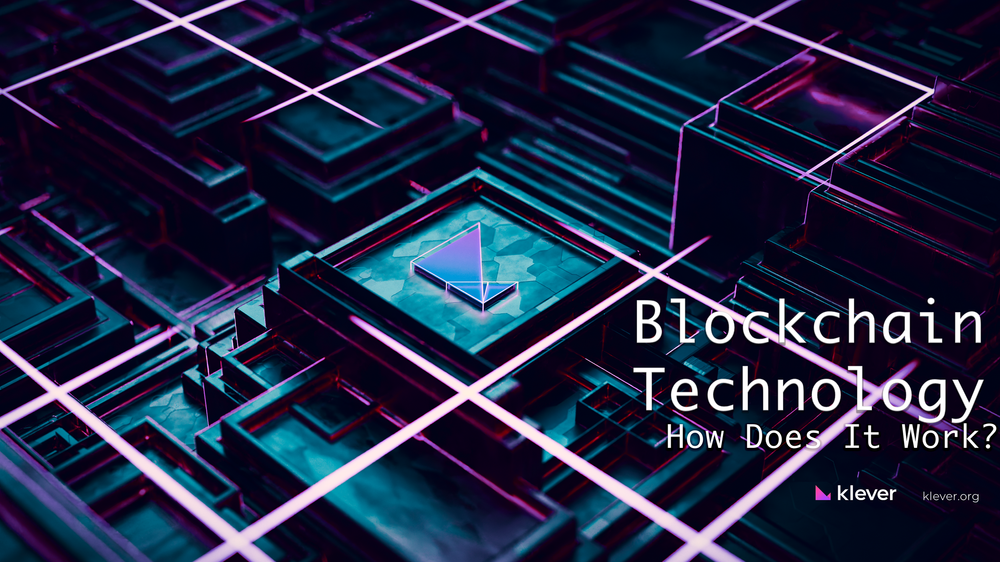
Hello, explorers! Welcome back to the fascinating world of blockchain. Today, we’re diving deeper into the technology that’s set to revolutionize everything from finance to supply chains. However, if you’re new to the world of blockchain, you might want to start with our articles on Blockchain Basics or What is a Blockchain. But if you’re already familiar with blockchain and are eager to learn more, let’s cut right to the scene!
So, to understand how blockchain technology works we need to understand the concept of the five pillars of blockchain technology. Let’s do this!
5 Pillars of Blockchain Technology
Decentralization
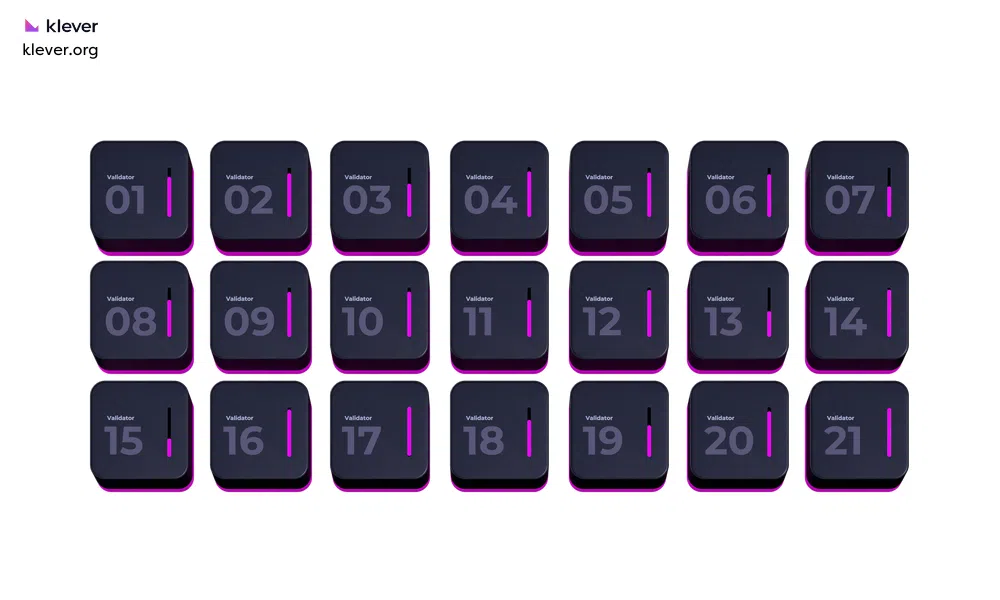
In a decentralized blockchain network, there’s no central authority; instead, control is distributed among all participants, or nodes, in the network. Each node stores a copy of the blockchain and, furthermore, participates in validating transactions. Consequently, no single node can alter the information on the blockchain on its own. Therefore, any changes must be agreed upon by the majority of the nodes.
Transparency

In a blockchain network, all transactions are visible to all participants. Consequently, anyone can view the transaction history, thereby promoting accountability and trust among users. In other words, it’s like having a public ledger that records every transaction in detail.
Immutability
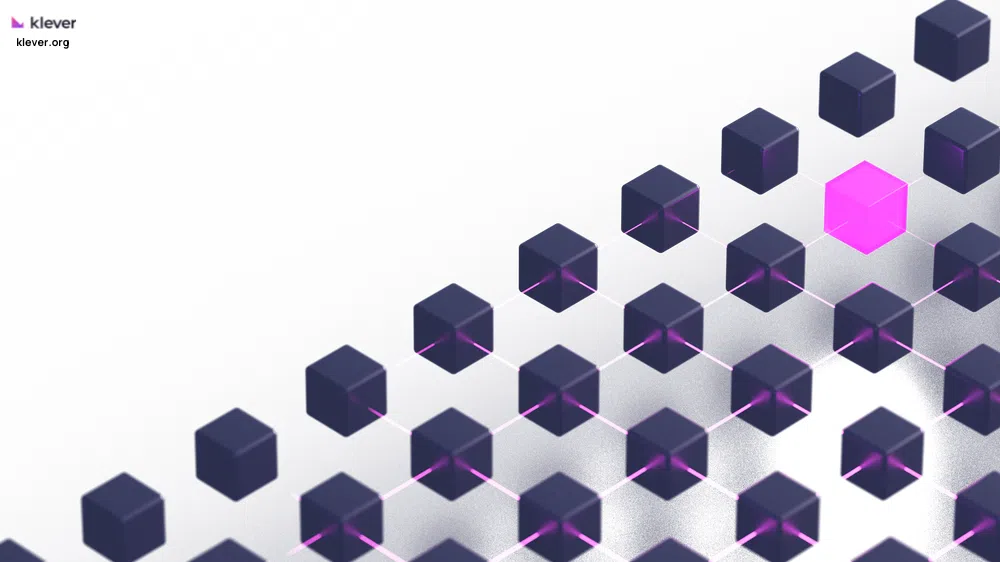
In the context of blockchain, immutability means that once data is recorded on the blockchain, it cannot be altered or deleted. Each transaction is linked to the one before it and the one after it, creating a chain of blocks (hence, blockchain). This chain of links ensures that it’s practically impossible to change a transaction once it’s been added to the blockchain.
Security
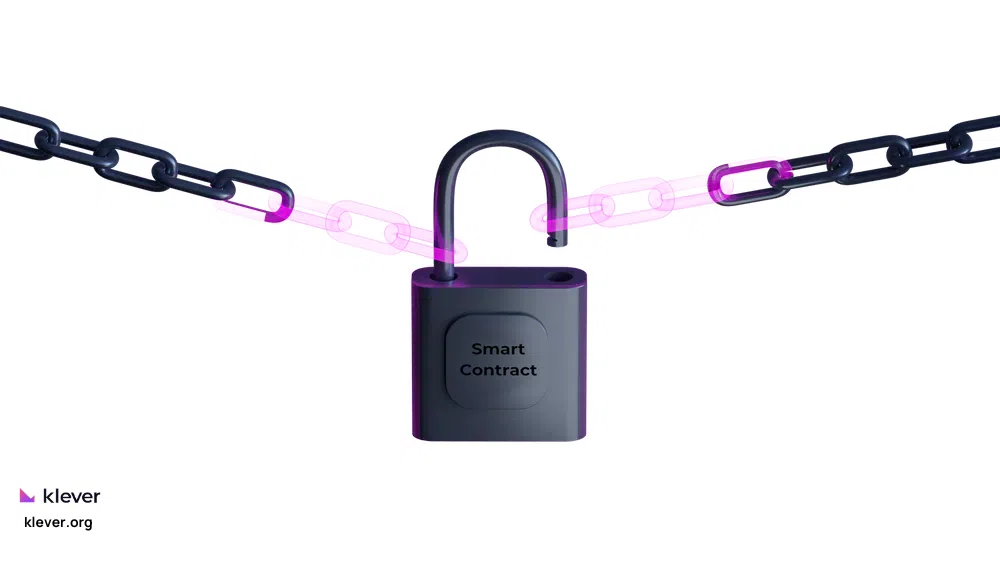
Blockchain ensures that transactions are secure and protects the identity of participants by using advanced cryptographic techniques. Additionally, the system encrypts each transaction and links it to the previous one. Consequently, this setup, combined with the data being spread across many nodes in the network, makes it extremely difficult for hackers to alter the data.
Consensus
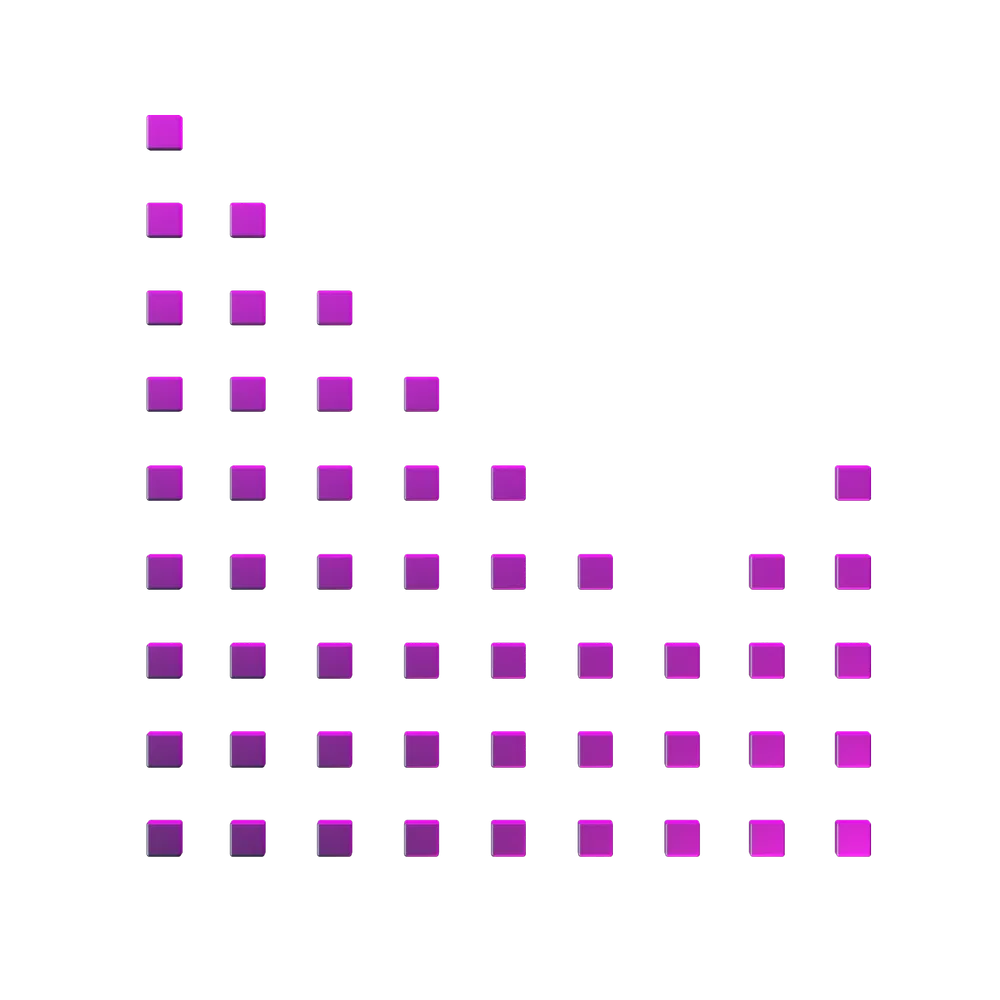
In a blockchain network, all participants must agree on the validity of transactions. A process called consensus achieves this agreement. Moreover, there are various consensus mechanisms used in different blockchain networks, each with its own advantages and trade-offs.
Here are a few examples of consensus mechanisms:
1. Proof of Work (PoW)
The original consensus mechanism, used by Bitcoin, is like a mathematical race. Specifically, the first one to solve a complex problem gets to add the next block to the chain.
2. Proof of Stake (PoS)
A more energy-efficient alternative to PoW is PoS. In PoS, owning more of the network’s cryptocurrency increases your chances of being chosen to add the next block. Moreover, Ethereum is switching to PoS.
3. Delegated Proof of Stake (DPoS)
A democratic version of PoS, where coin holders vote for delegates to validate transactions and add blocks. For instance, platforms like EOS, Lisk, and Klever use it.
4. Practical Byzantine Fault Tolerance (PBFT)
This mechanism ensures that the network continues to operate smoothly even if some nodes become faulty or malicious. Moreover, it’s the consensus mechanism of choice for networks like Hyperledger Fabric and Klever.
Each of these mechanisms plays a crucial role in maintaining the integrity and security of the blockchain. Specifically, they ensure that all parties agree on transactions, preventing fraud and ensuring that all nodes have a consistent view of the information.
Klever Blockchain Consensus Mechanism

Speaking of DPoS and PBFT, Klever Blockchain, a blockchain platform, uses a unique combination of both. Consequently, this hybrid approach allows Klever to leverage the democratic element of DPoS and the reliability of PBFT, providing a robust and efficient system.
This ingenious fusion results in a system that is not only secure but also highly scalable, capable of handling a vast number of transactions swiftly. It’s a testament to Klever’s commitment to creating a democratic, reliable, and efficient blockchain platform, thereby paving the way for a new era of decentralized technology. With Klever, the future of blockchain is here today.
The Future of Blockchain Technology
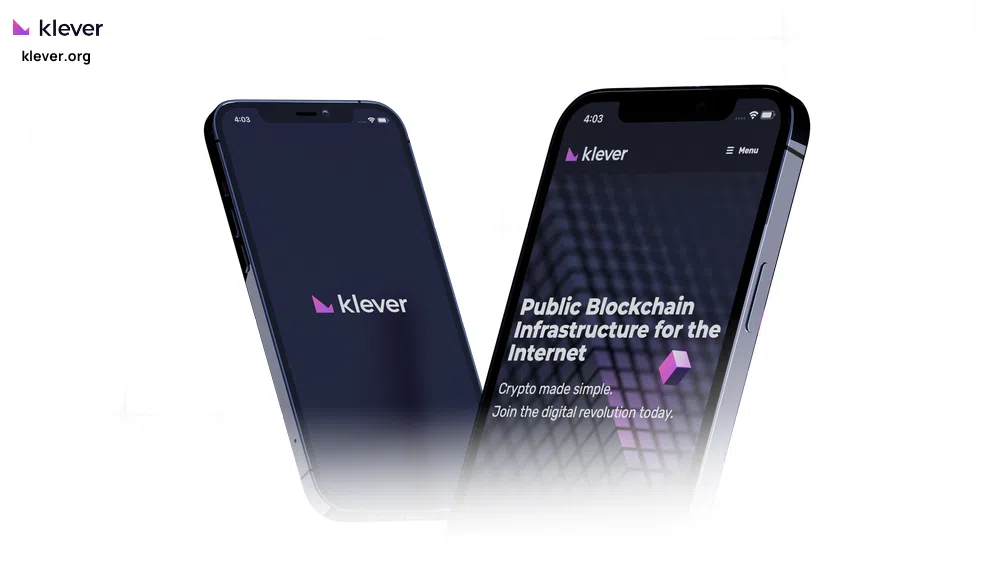
Blockchain technology holds immense potential for the future. Moreover, its ability to provide transparency, security, and efficiency makes it an attractive option for many industries.
Let’s take a look at some sectors that could benefit from implementing blockchain technology:
1. Blockchain in Healthcare
Blockchain could revolutionize the storage and sharing of patient data. Moreover, it could improve data security, thereby enabling better collaboration among healthcare providers.
2. Blockchain in Education
Blockchain can verify academic credentials; moreover, it reduces fraud and makes it easier for employers to verify the qualifications of job applicants.
3. Blockchain in Real Estate
Blockchain could streamline real estate transactions by reducing the need for intermediaries; consequently, making the process faster and less expensive.
4. Blockchain in Supply Chain
Blockchain could provide transparency and traceability in supply chains; moreover, it helps to prevent fraud and counterfeiting.
5. Blockchain in Finance
Moreover, blockchain could transform the financial industry by enabling faster, more secure transactions and reducing the need for intermediaries.

As we continue to explore and innovate, the question isn’t if blockchain will become a fundamental part of our digital infrastructure, but when. And with companies like Klever leading the way with their unique blend of DPoS and PBFT consensus mechanisms, that future might be closer than we think.
Thank you for joining us on this journey into the world of blockchain. We hope you’ve found it informative and engaging. If you’re eager to learn more, don’t hesitate to dive into our other articles on blockchain technology. Until next time, keep exploring!
Blockchain is difficult, but it shouldn’t be!